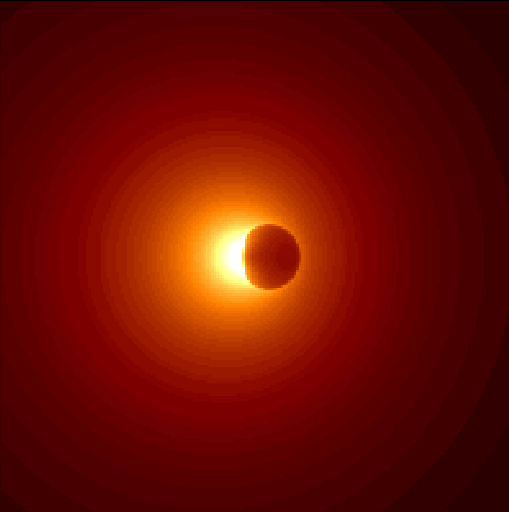
Viewing the Shadow of the Black Hole at the Galactic Center
Heino Falcke1, Fulvio Melia2, Eric Agol3
1 Max-Planck-Institut für Radioastronomie, Auf dem Hügel 69, 53121 Bonn, Germany (hfalcke@mpifr-bonn.mpg.de)2Steward Observatory and Department of Physics, University of Arizona, Tucson, AZ 85721 (melia@physics.arizona.edu)
3Physics and Astronomy Department, Johns Hopkins University, Baltimore, MD 21218 (agol@pha.jhu.edu)
The Astrophysical Journal Letters, Vol. 528, L13 (2000)
See also our Web-Slideshow!
Abstract:
In recent years, the evidence for the existence of an ultra-compact concentration of dark mass associated with the radio source Sgr A* in the Galactic Center has become very strong. However, an unambiguous proof that this object is indeed a black hole is still lacking. A defining characteristic of a black hole is the event horizon. To a distant observer, the event horizon casts a relatively large ``shadow'' with an apparent diameter of ~10 gravitational radii due to bending of light by the black hole, nearly independent of the black hole spin or orientation. The predicted size (~30 micro-arcseconds) of this shadow for Sgr A* approaches the resolution of current radio-interferometers. If the black hole is maximally spinning and viewed edge-on, then the shadow will be offset by ~8 micro-arcseconds from the center of mass, and will be slightly flattened on one side. Taking into account scatter-broadening of the image in the interstellar medium and the finite achievable telescope resolution, we show that the shadow of Sgr A* may be observable with very long-baseline interferometry at sub-millimeter wavelengths, assuming that the accretion flow is optically thin in this region of the spectrum. Hence, there exists a realistic expectation of imaging the event horizon of a black hole within the next few years.
Paper: Available in full length as PostScript and LaTex (AAS LaTex) Format.
Other publications can be found here.
Questions: Heino Falcke, hfalcke@mpifr-bonn.mpg.de